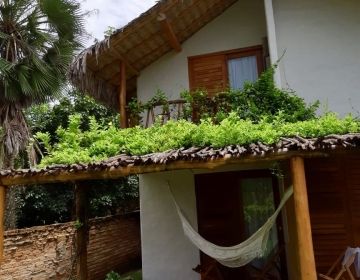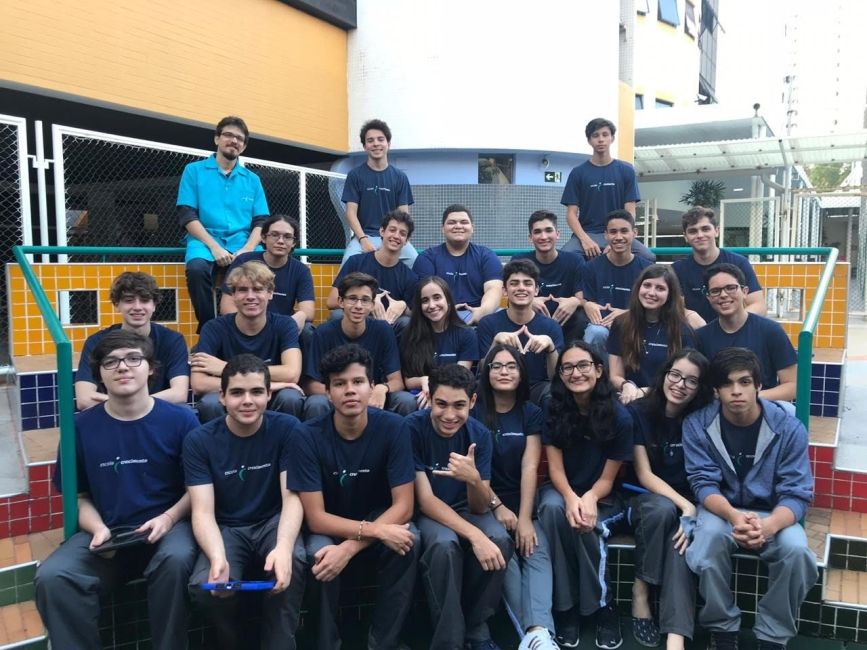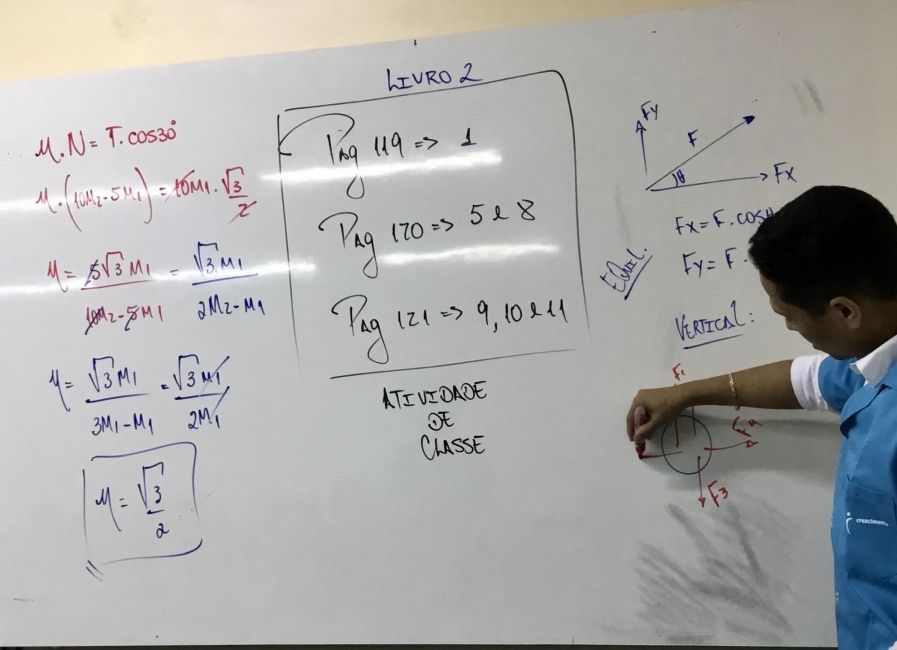High School in Brazil
CIEE is not currently offering programs in Brazil, but check out our other programs around the world.
Going to school is a BIG part of studying abroad. What a surprise, right? Not really, but because most of the potential exchange students reading this post are probably interested in the education system here, I have decided to outline a few basics of High School in Brazil. I go to a private K-12 school in the city, so my experience may be different from an exchange student in another part of Brazil. Anyways, here is a list of differences and fun facts about my schooling here.
Uniforms:
This one is an obvious difference. All students wear a uniform to all school functions, and most schools have similar uniforms. At Escola Crescimento we wear grey pants and a t-shirt with the school logo. The color of your shirt varies based on your grade; I wear a navy blue shirt because I am a Junior, but other grade levels wear back, white, red, or green.
Class Schedule:
My typical week of school here has six days. During the week we have class in the afternoon from 1 pm - 7 pm, and on Saturday mornings we take tests for some of the classes. I have thirteen subjects, but we only have seven class periods each day. Sometimes we have more than one period of the same subject, like on Thursdays I have three periods of math. Because of the jumbled schedule, it is easier for the students to stay in one classroom all day with the teachers rotating to the location of their next class.
Workload:
In Brazil, homework does not exist. Occasionally teachers will assign presentations that you might have to finish at home, but they never assign any busy work. Students are expected to study for the tests, but other than that I have not had a single assignment.
Grading System:
Grades in Brazil are based on a ten point scale. 10 is the best and 1 is the worst. All grades come directly from tests because there is no homework. The biggest difference with grades here is that they are not used to get into college. The only factor in admissions is your standardized test score. Grades are not something to be stressed over or really even thought of as long as you pass the classes. Most students focus more on learning the material and reaching the minimum requirements then being the best in the class.
Teachers:
In Brazil, teacher-student relationships are very casual. Students use first names for the teachers and often hug them as a greeting. School is supposed to be a comfortable place for the students, and the teachers make sure of it.
Brazilian schools are much more relaxed and laid back than they are in the US. Students are expected to take all of their classes seriously, but the faculty and students alike treat high school as a stepping stone for getting into university. Everyone wants to make sure you succeed, but there is significantly less pressure on the students. I will definitely miss the school culture here, but I am glad to have experienced it!
Related Posts

Friendly Conversation With the Brazilian Locals
How hiding from the rain turned into a well-spent afternoon filled with human connection. Last week, I took a trip with a few other exchange students to a fishing village... keep reading

Learning Portuguese
Before moving to Brazil, I had almost zero experience with Portuguese. I downloaded the Duolingo app on my phone, but I rarely used it. Until I boarded the plane from... keep reading

Making Brazilian Friends
On the flight here, I got pretty nervous about making new friends. Would the locals be able to speak English with me? If they could, would they like me? What... keep reading



